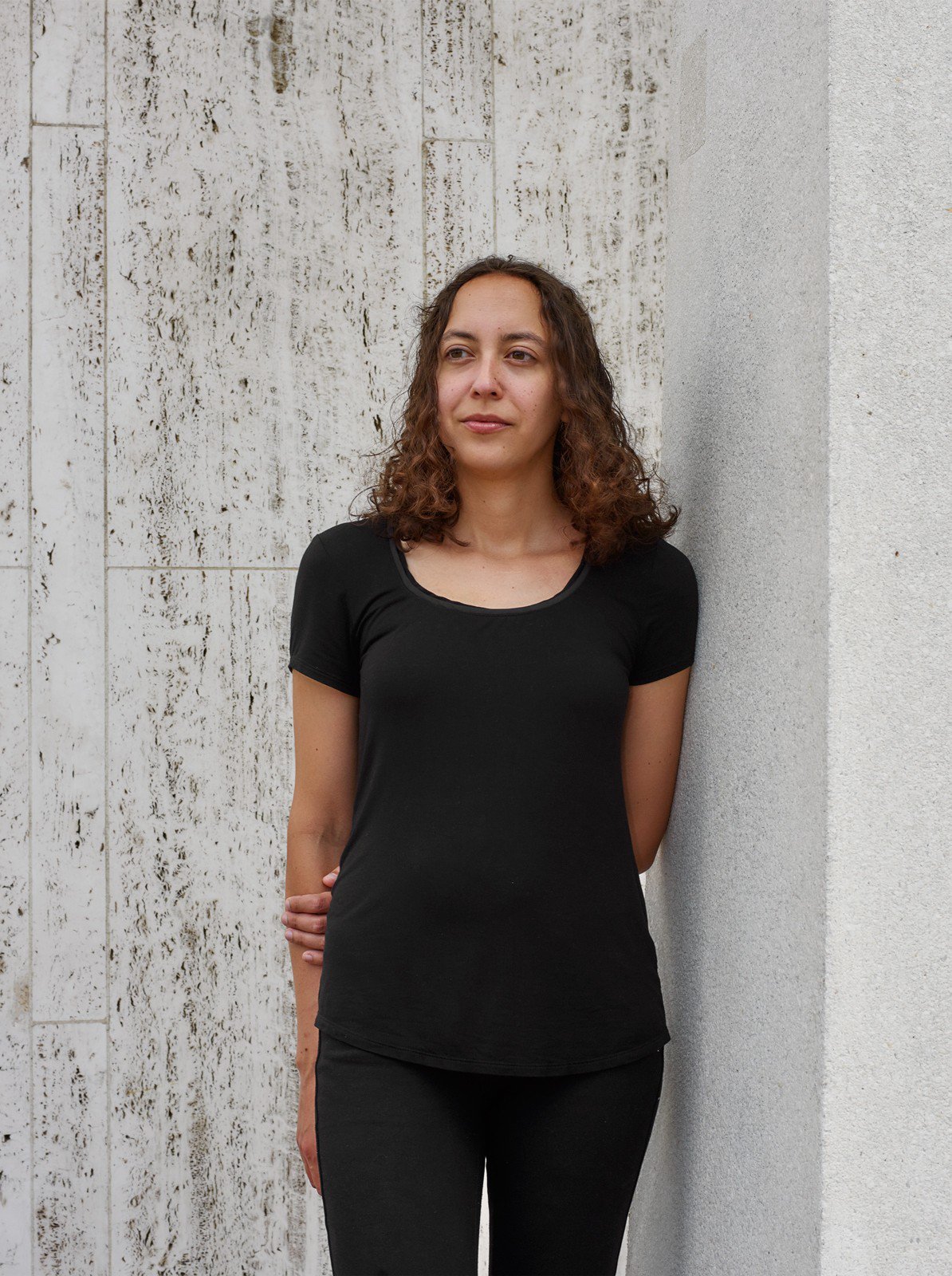Artificial intelligence & robotics
Olga Russakovsky
Employed crowdsourcing to vastly improve computer-vision system.
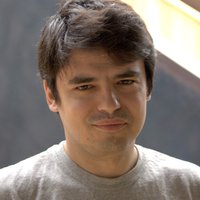
Global
Volodymyr Mnih
The first system to play Atari games as well as a human can.
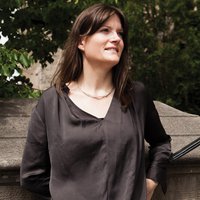
Global
Angela Schoellig
Her algorithms are helping self-driving and self-flying vehicles get around more safely.
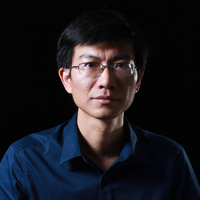
China
Chunxin Qiu
Their LiDAR can basically solve all the trouble spots for mechanical LiDAR, and speed up the implementation of autonomous driving projects
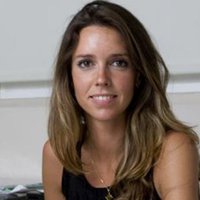
Global
Firstname Lastname
This is a short one-line description about the innovator's work..
